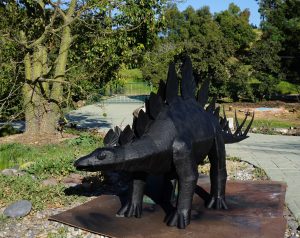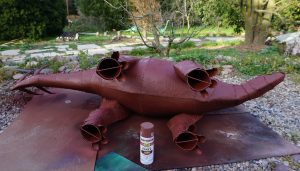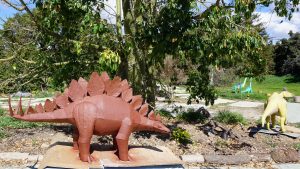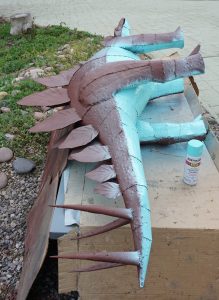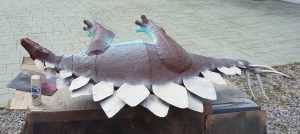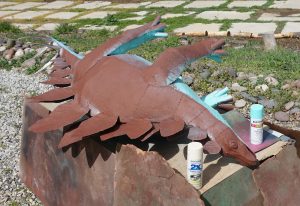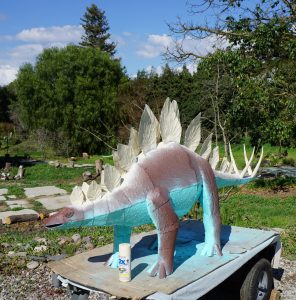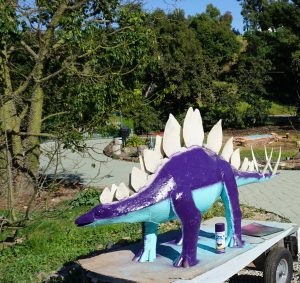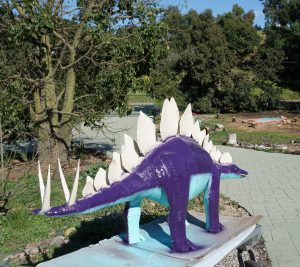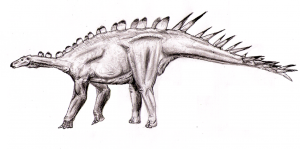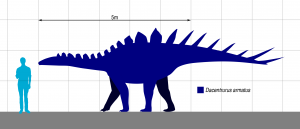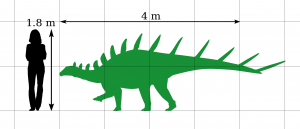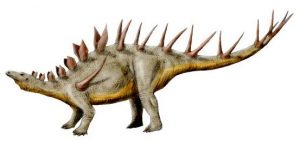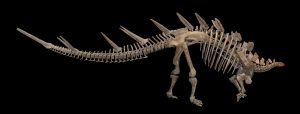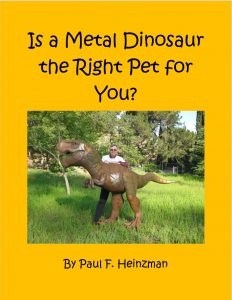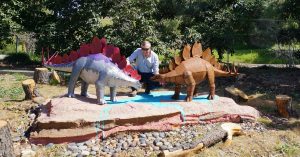We left off with Stanley’s Rust-Reformer coating. The Flat Black is a Cool Look, but probably Best for a Carnivore. Next step Rusty Brown Primer. Again, starting on Stanley’s side allows reaching inside the legs and tight spots underneath. Upright for finishing and 48 hours to cure. As mentioned previously I’m using the bird experience to determine the color choices for the males & females. Stephanie received Stone Grey for her underside, Hammered Grey & Gloss Purple for the body with Apple Red Metallic & Purple for her Spikes and Back Scales.
Stanley will have a Gloss Light Turquoise underside with Gloss Purple and Apple Red Metallic for his body. I’m trying something different with Stanley’s Back Scales & Spikes. Gloss Ivory will be their base color. I will add a dusting of Apple Red Metallic and perhaps some Light Turquoise to highlight the Metal Stampings. Starting on Stanley’s side to apply the Light Turquoise & Ivory, flip over, then upright to finish the Ivory & add the Purple. The Turquoise & Purple will be blended using artist brushes to create a more natural meeting of these colors. Stay tuned for this experiment!
Other Members of the Stegosaur Family include Dacentrurus and Kentrosaurus. Both from the Late Jurassic like Stegosaurus. Dacentrurus (meaning very sharp tail) discovered on May 23, 1874 in the Swindon Great Quarry below Old Swindon Hill in Wilshire, England other locations: Portugal, Spain & France. Named by Professor Richard Owen in 1875. Dacentrurus could reach the same size as Stegosaurus. However, carried the sharpest spikes of all, hence the name.
Thanks to Smokeybjb at English Wikipedia and Slate Weasel for the above illustrations!
Kentrosaurus (meaning pointed lizard) was about half the size of Stegosaurus with much smaller plates that transitioned to flat spikes followed by much larger pairs of spikes ending at the tail. Like previously mentioned Huayangosaurus (post March 6, 2020 “Stanley the Stegosaurus & History of Stegosauria”), Kentrosaurus had large spikes extending sideways near the front legs. Discovered in Tanzania, Africa in the Tendaguru Formation the 1909 Expedition was led by Werner Janensch described & named by German Palaeontologist Edwin Henning in 1915.
Thanks to PaleoGeekSquared (diagram), Nobu Tamura (artwork) & H. Zell (photo) above!
My First Book “Is a Metal Dinosaur the Right Pet for You?” is Now Available as an eBook on Kindle through Amazon.com!
Included are two photos of Prehistoric Pals converted to black & white line drawings for You to express Your Color Imagination! Search online for print options on Your device. Print Screen, Cropping & Printing are available on many smart phones. Your smart phone may even allow You to email Your Print Screen to Yourself allowing even more options before printing. Kindle has an app for smart phones!
I would love to see Your Color Visions for Dominic & Raphael! Use crayons, pencils, pens, or watercolors! Attach feathers, glitter whatever brings them to life for You. Send a picture of Your Colorized Imaginations to: paul@paulsprehistoricpark.com It could be in a future post!
I will keep You posted with information on paperback additions and my Next Book “The Shy Triceratops”.
“Encouraging the Appreciation of Art and Education through the Inspiration of Dinosaurs”
Paul & Prehistoric Pals
Your feedback is appreciated, comment below or email:
paul@paulsprehistoricpark.com
Thank you!
